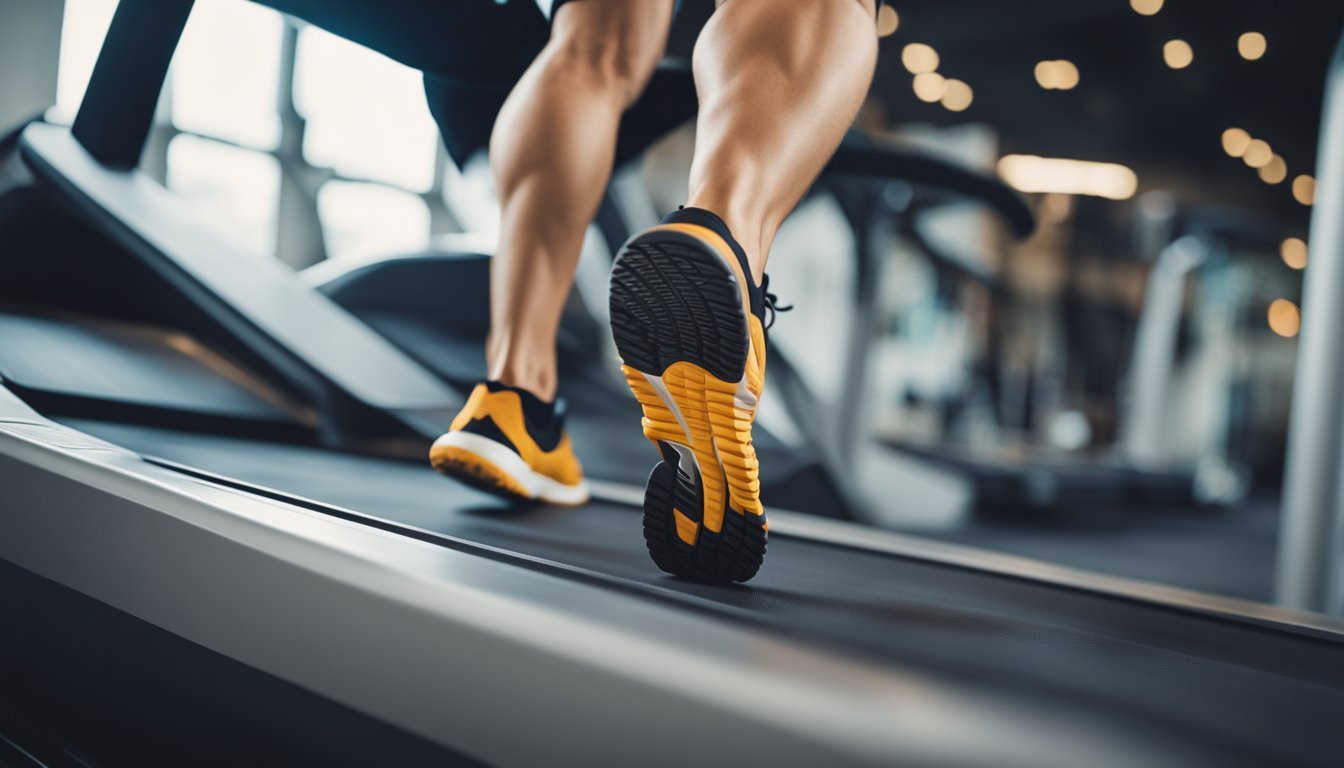Regular exercise is an essential component of a healthy lifestyle. It can help you maintain a healthy weight, reduce your risk of chronic diseases, and improve your overall well-being. Two of the most common health concerns that people face are high blood pressure and high cholesterol. If you are wondering whether exercise can help lower these health risks, the answer is yes.
Studies have shown that regular exercise can help lower blood pressure and cholesterol levels. Aerobic exercise, such as brisk walking, running, cycling, and swimming, can help reduce blood pressure by improving blood flow and reducing the resistance in your blood vessels. Strength training exercises, such as weightlifting, can also help lower blood pressure by improving the elasticity of your blood vessels.
In addition to lowering blood pressure, exercise can also help reduce cholesterol levels. Aerobic exercise has been shown to increase the levels of high-density lipoprotein (HDL) cholesterol, also known as “good” cholesterol, in your blood. This type of cholesterol helps remove low-density lipoprotein (LDL) cholesterol, also known as “bad” cholesterol, from your bloodstream, which can help reduce your risk of heart disease.
The Impact of Exercise on Blood Pressure

Understanding Blood Pressure
Blood pressure is the force of blood pushing against the walls of your arteries. High blood pressure, also known as hypertension, is a common condition that can lead to serious health problems such as heart disease, stroke, and kidney failure. Regular exercise can help lower blood pressure and reduce the risk of these health problems.
Types of Exercise That Benefit Blood Pressure
Aerobic exercise, such as brisk walking, cycling, swimming, and dancing, is the most effective type of exercise for lowering blood pressure. Resistance training, such as weightlifting, can also help lower blood pressure, but not as much as aerobic exercise.
Exercise Recommendations for Hypertension
The American Heart Association recommends at least 150 minutes of moderate-intensity aerobic exercise or 75 minutes of vigorous-intensity aerobic exercise per week for adults with hypertension. This can be achieved through activities such as brisk walking, cycling, or swimming. Additionally, resistance training should be done at least two days per week.
It is important to note that exercise should be done consistently to see a decrease in blood pressure. It is also important to consult with a healthcare professional before starting an exercise program, especially if you have hypertension or other health conditions.
In summary, regular exercise can have a positive impact on blood pressure, but it is important to choose the right type of exercise and to do it consistently. By following the recommended exercise guidelines, you can lower your blood pressure and reduce the risk of serious health problems.
Exercise and Its Effects on Cholesterol

Cholesterol Basics
Cholesterol is a waxy substance that is found in every cell of your body. It is essential for the production of hormones, vitamin D, and digestive fluids. However, too much cholesterol in your bloodstream can lead to the buildup of plaque in your arteries, which can increase your risk of heart disease and stroke.
There are two types of cholesterol: low-density lipoprotein (LDL) and high-density lipoprotein (HDL). LDL is often referred to as “bad” cholesterol because it can contribute to the buildup of plaque in your arteries. HDL, on the other hand, is often referred to as “good” cholesterol because it helps remove excess cholesterol from your bloodstream.
Exercise Strategies for Cholesterol Management
Regular exercise can help lower your LDL cholesterol levels and increase your HDL cholesterol levels. The American Heart Association recommends at least 150 minutes of moderate-intensity aerobic exercise per week to improve cholesterol levels and reduce high blood pressure.
Here are some exercise strategies that can help manage your cholesterol levels:
- Aerobic exercise: Activities such as brisk walking, cycling, swimming, and jogging can help improve your cholesterol levels.
- Resistance training: Strength training exercises such as weightlifting can help increase muscle mass and improve cholesterol levels.
- Interval training: Alternating between high-intensity and low-intensity exercise can help improve cholesterol levels.
- Lifestyle changes: In addition to exercise, making healthy lifestyle changes such as quitting smoking, maintaining a healthy weight, and eating a heart-healthy diet can also help improve cholesterol levels.
Monitoring Progress and Adjusting Exercise Plans
It is important to monitor your cholesterol levels regularly to track your progress and adjust your exercise plan if necessary. Your healthcare provider may recommend regular blood tests to measure your cholesterol levels and assess your overall cardiovascular health.
If your cholesterol levels are not improving with exercise alone, your healthcare provider may recommend medication to help manage your cholesterol levels. It is important to follow your healthcare provider’s recommendations and continue to make healthy lifestyle changes to improve your cholesterol levels and reduce your risk of heart disease and stroke.
Frequently Asked Questions

What types of exercise are recommended for lowering blood pressure?
Aerobic exercises are recommended for lowering blood pressure. These exercises include brisk walking, cycling, swimming, and jogging. Aerobic exercises elevate your heart rate and breathing rate, which helps to improve your cardiovascular health. Resistance training and weight lifting can also be helpful in lowering blood pressure.
How often should one exercise to effectively reduce cholesterol levels?
To effectively reduce cholesterol levels, one should exercise for at least 30 minutes a day, five days a week. This can include moderate-intensity exercises such as brisk walking, cycling, or swimming. High-intensity exercises such as running or interval training can also be effective in reducing cholesterol levels.
Can lifestyle modifications enhance the effect of exercise on blood pressure?
Yes, lifestyle modifications such as reducing salt intake, quitting smoking, and maintaining a healthy weight can enhance the effect of exercise on blood pressure. These modifications can help to lower blood pressure and improve overall cardiovascular health.
Are there specific exercises that can lower blood pressure immediately?
Yes, certain exercises such as deep breathing, yoga, and meditation can help to lower blood pressure immediately. These exercises help to reduce stress and promote relaxation, which can have a positive impact on blood pressure.
What are the risks of exercising with uncontrolled high blood pressure?
Exercising with uncontrolled high blood pressure can be risky, as it can lead to complications such as heart attack or stroke. It is important to consult with a healthcare professional before starting an exercise routine if you have uncontrolled high blood pressure.
How do exercise routines differ for managing blood pressure versus cholesterol?
Exercise routines for managing blood pressure and cholesterol are similar, as both require aerobic exercises such as brisk walking, cycling, or swimming. However, for managing cholesterol, high-intensity exercises such as running or interval training can also be effective. Resistance training and weight lifting can also be beneficial for managing cholesterol levels. It is important to consult with a healthcare professional before starting an exercise routine to determine the best approach for managing your blood pressure and cholesterol levels.



